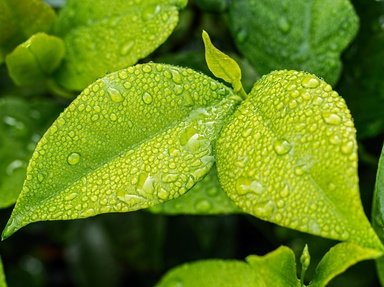Quiz Answer Key and Fun Facts
1. Which natural addition in soil is preferred by the Australian shrub called old man saltbush (Atriplex nummularia)?
2. Native to some countries in southern Africa, rambling dock (Acetosa sagittata) is now an established edible weed in parts of south Australia. What common name does it have?
3. The Australian lilly pilly tree (Syzygium luehmannii) produces which type of edible fruit?
4. Indigenous Australians would often take their dilly bag to feast off the kindal kindal tree. What do we call the tree today?
5. Which Australian plant, high in antioxidants, has the botanical name, Tetragonia tetragonioides?
6. If you pick a ripe Davidson's plum fresh from a tree and eat it, what does it taste like?
7. Bush tomatoes (Solanum centrale) thrive best in which Australian climate?
8. If you meet someone who says he is a carpologist, which forager's dream would he be studying?
9. Which seed obtained from Australia's national floral emblem has been eaten as bush tucker for thousands of years?
10. It is not only people who forage plants. The pollen from which of these native Australian myrtle trees is collected by bees to make honey for food, as well as an alternative medicine to treat infections?
Source: Author
Plodd
This quiz was reviewed by FunTrivia editor
rossian before going online.
Any errors found in FunTrivia content are routinely corrected through our feedback system.


